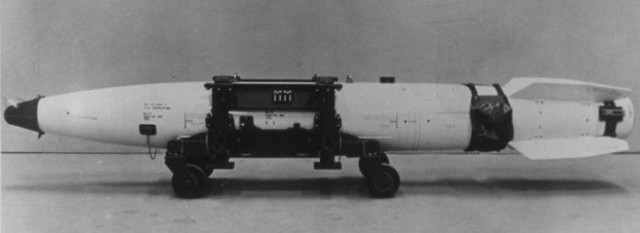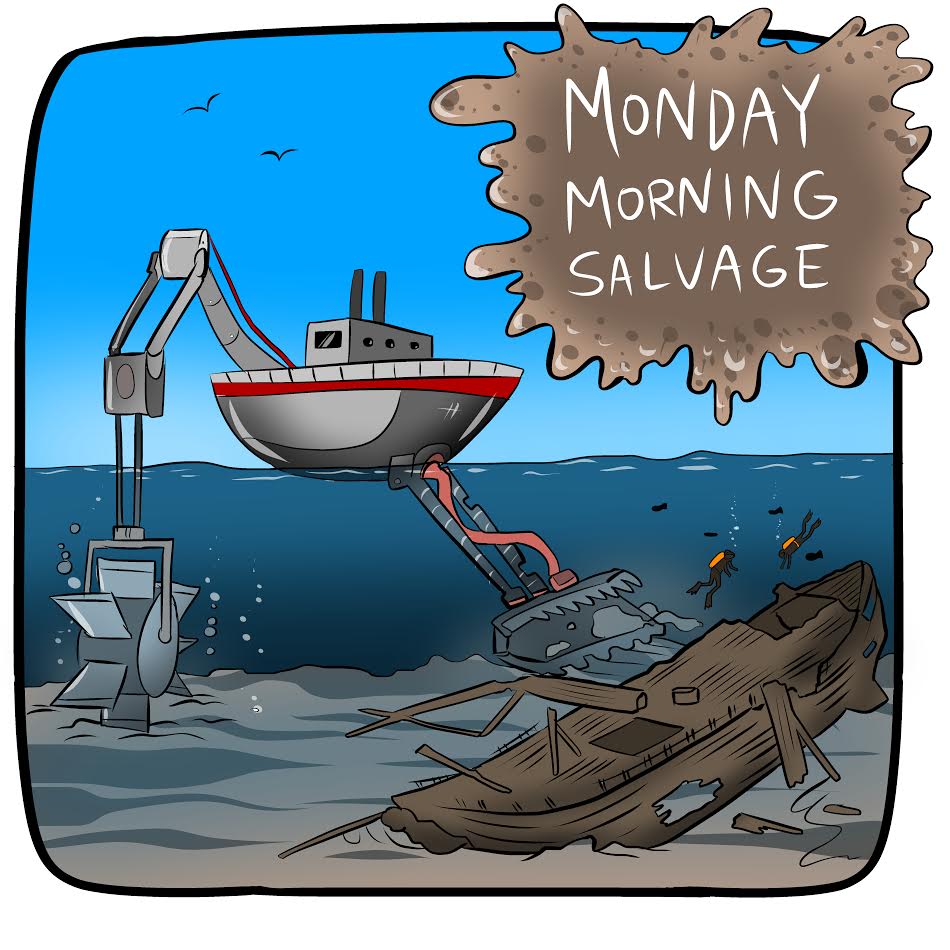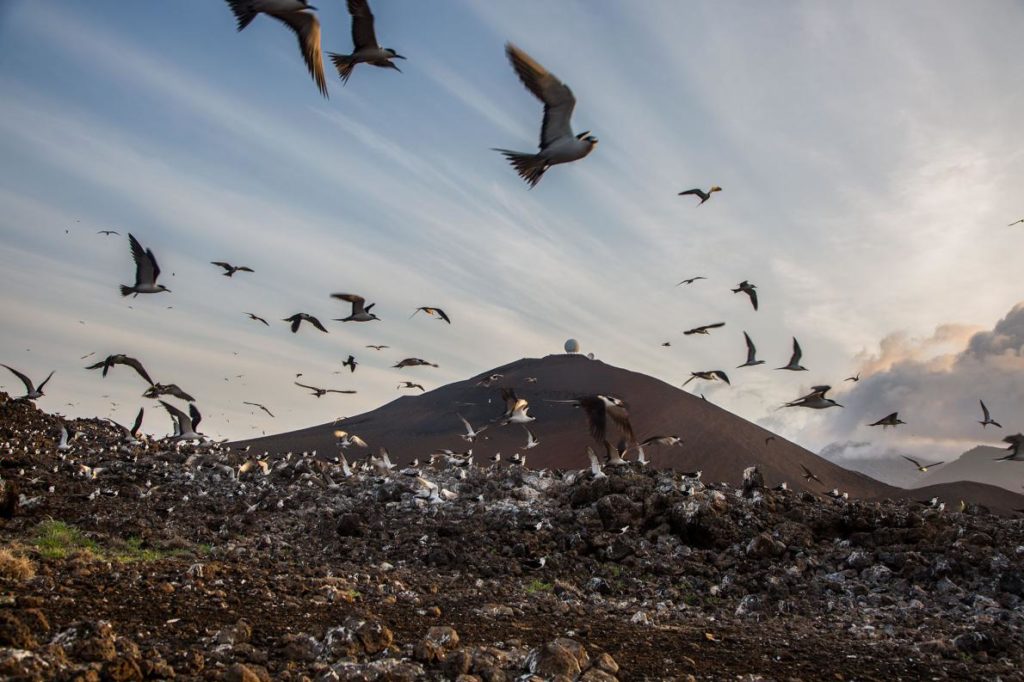Transcript available below.
Tag: nuclear waste
What’s the weirdest think you’ve found in the ocean?
Several week ago, we tackled this question while discussing the incredible shrinking cups the deep-sea scientists like to decorate and send into the wine-dark deep. While toilets and spam cans and beer bottles make for good headlines and shocking images of how extensive human impacts are on the deep sea, those are far from the strangest objects to grace the sea floor.
By most reasonable metrics, that honor has to go to the many nuclear weapons and nuclear weapon components that have been lost at sea over the last 70 years. While a few high-profile incidents have received tremendous coverage, most incidents remain largely shrouded in secrecy, with only sparse reports available. Which brings us to a question that’s been lodged in my brain for the last month: just how many nuclear weapons are sitting at the bottom of the sea?

This, of course, does not include the many, many, many times the United States has intentionally tested nuclear weapons throughout the Pacific, often while forcibly relocating local communities away for their now-test-site homes or, occasionally, not. This also doesn’t include the rare lost nuclear submarine, who’s payloads and whether or not they carried nuclear ordinance are mostly still classified. And, of course, it doesn’t include the Soviets or any other non-US nuclear nation.
For the most part, the 1950s and 60s were a hell of a time for losing track of nuclear weapons. By the time the 70s rolled around we had decided that maybe we should be a bit more careful with these things. But by then, we had accidentally dropped at least ten nukes into the ocean in eight different incidents. And we had lost one in a Carolina swamp. And we had almost accidentally nuked Greenland.
Who the heck thought these things were a good idea?

Fog Horn (A Call to Action)
- The time to save the EPA is now! The EPA is seeking public input on the new administrations approach to environmental regulations. They are required to seek public input. They are required to respond to public input. Go tell them how you feel. Public comments close May 15. Here’s the docket with instructions on how to comment: Evaluation of Existing Regulations. We’ve even prepared a script for you.
Flotsam (what we’re obsessed with right now)
- On a tiny island in the middle of the Atlantic, a terraforming project a century-and-a-half in the making is underway. A 150-year-old experiment on the remote Ascension Island may help us green Mars. Can it also help us save Earth?

- It also happens to be longtime friend of Southern Fried Science Clare Fieseler’s first major story for National Geographic, so go follow her on twitter.
Jetsam (what we’re enjoying from around the web)
- Women have a crucial—yet often overlooked—role in fisheries. The Invisible Fishing Fleet by Ilima Loomis at Hakai Magazine.
- “What do you do when you’re a graduate student and you’ve been sexually assaulted by the PI of a very exciting paleoanthropological site?” An incredibly powerful piece by Holly Dunsworth: In case this helps you: This happened to me while I was trying to become a paleoanthropologist.
- The general theme of this site appears to be ‘humans are terrible, robots are awesome’. Staying on brand: In a first, deep sea robots get a close look at giant larvaceans, a key player in the biological carbon pump.
- Deep-sea mining is really heating up. Locals threaten armed campaign against PNG seabed mine.
- In the Pacific Northwest, the diligence of citizen scientists is shedding light on the lives, and deaths, of seabirds. Drawing Meaning from Death, One Seabird at a Time by Larry Pynn at Hakai.
- This is a pretty great demonstration of how statistics can be used to mislead: Generating Datasets with Varied Appearance and Identical Statistics through Simulated Annealing.
 The droughts that shook the east African nations in the mid-1970’s and again in the 1980’s decimated the traditional nomadic clans of Somalia, leaving them without live stock to feed their families. Tens of thousands of the dispossessed, primarily of the Hawiye clan, were relocated to coastal areas. Fishing communities took root and began to flourish. With over 3000 km of coastline, rich with rock lobster and large pelagic fish, these communities grew, perhaps even thrived. Then, as is often the narrative of African nations, came civil war.
The droughts that shook the east African nations in the mid-1970’s and again in the 1980’s decimated the traditional nomadic clans of Somalia, leaving them without live stock to feed their families. Tens of thousands of the dispossessed, primarily of the Hawiye clan, were relocated to coastal areas. Fishing communities took root and began to flourish. With over 3000 km of coastline, rich with rock lobster and large pelagic fish, these communities grew, perhaps even thrived. Then, as is often the narrative of African nations, came civil war.
Read More “Nothing to plunder – the evolution of Somalia’s pirate nation” »